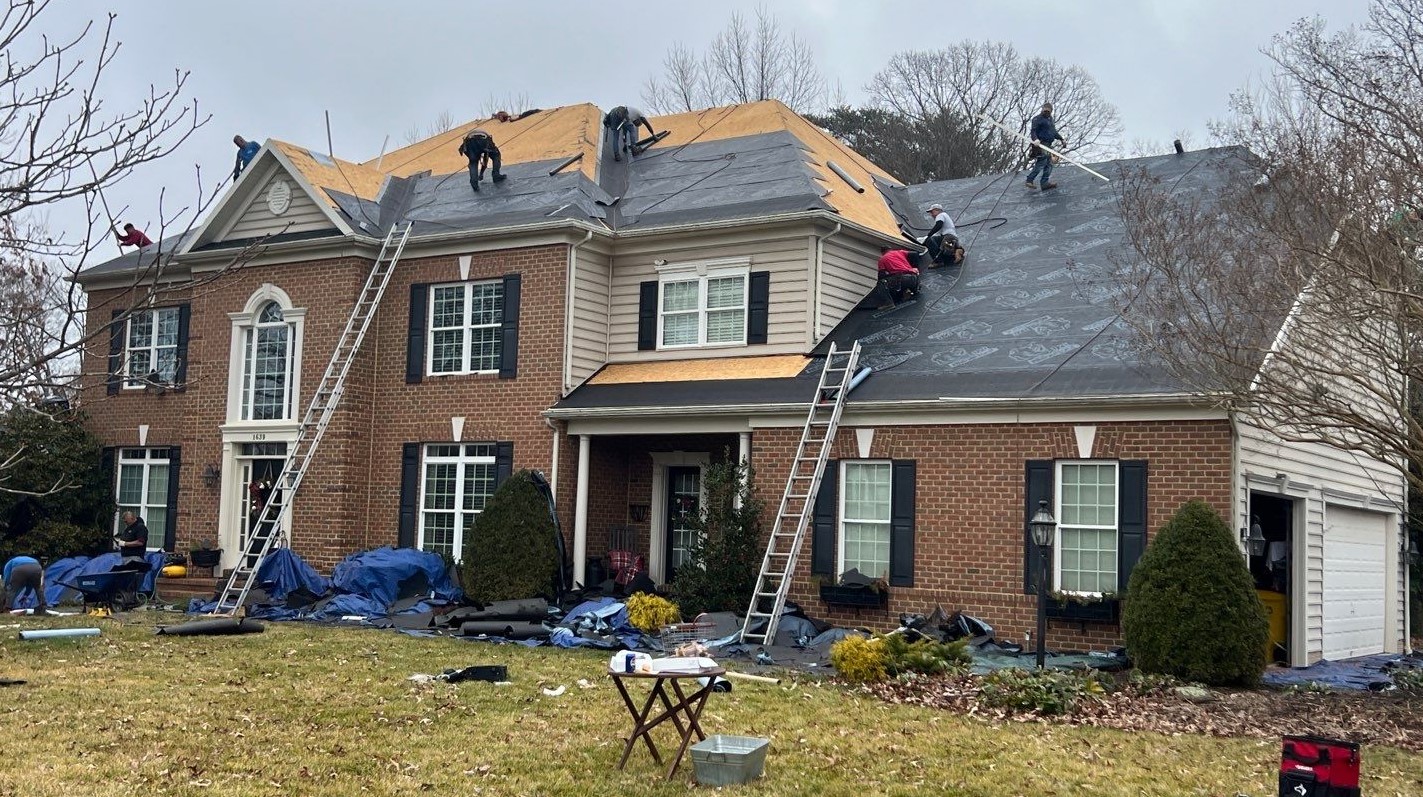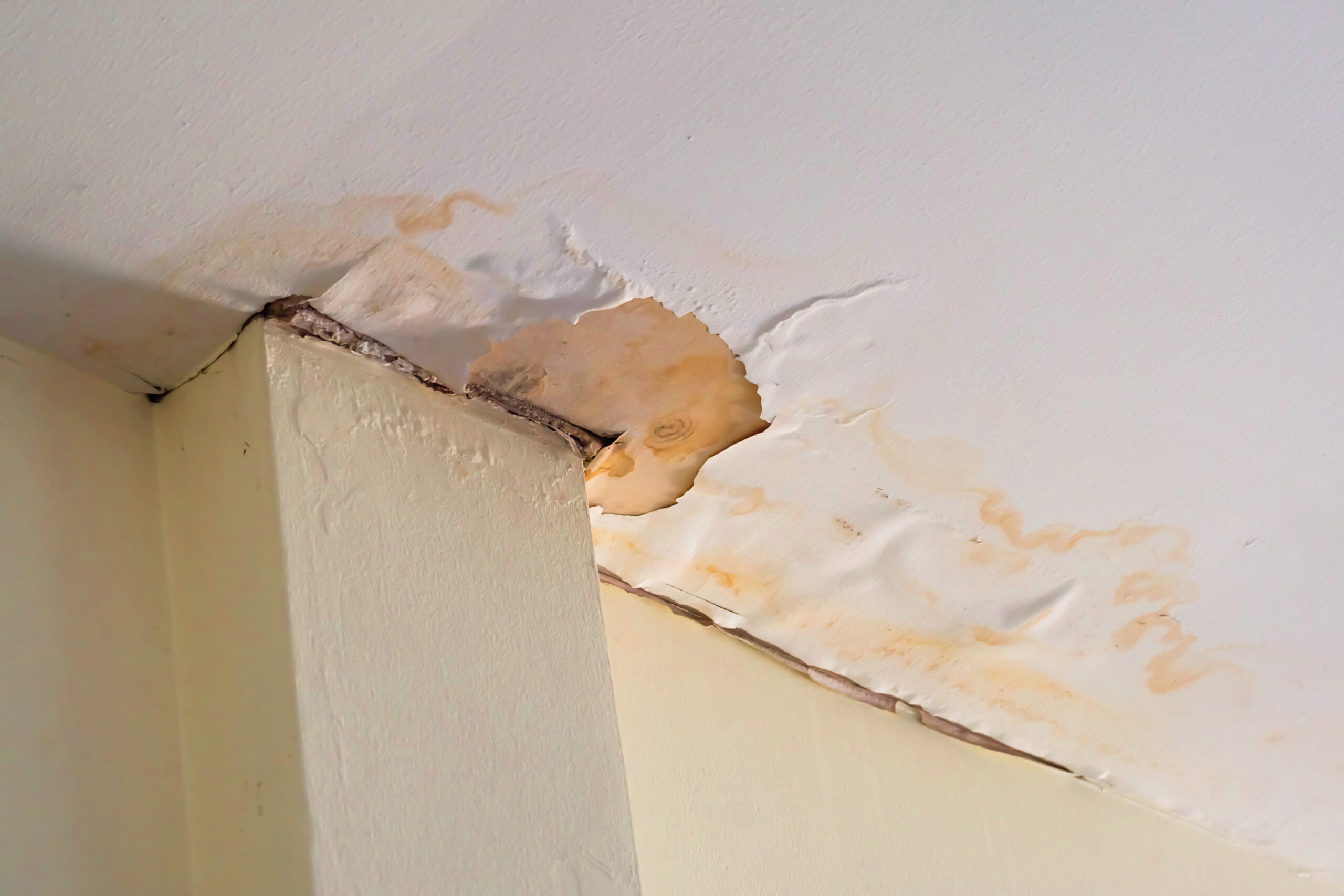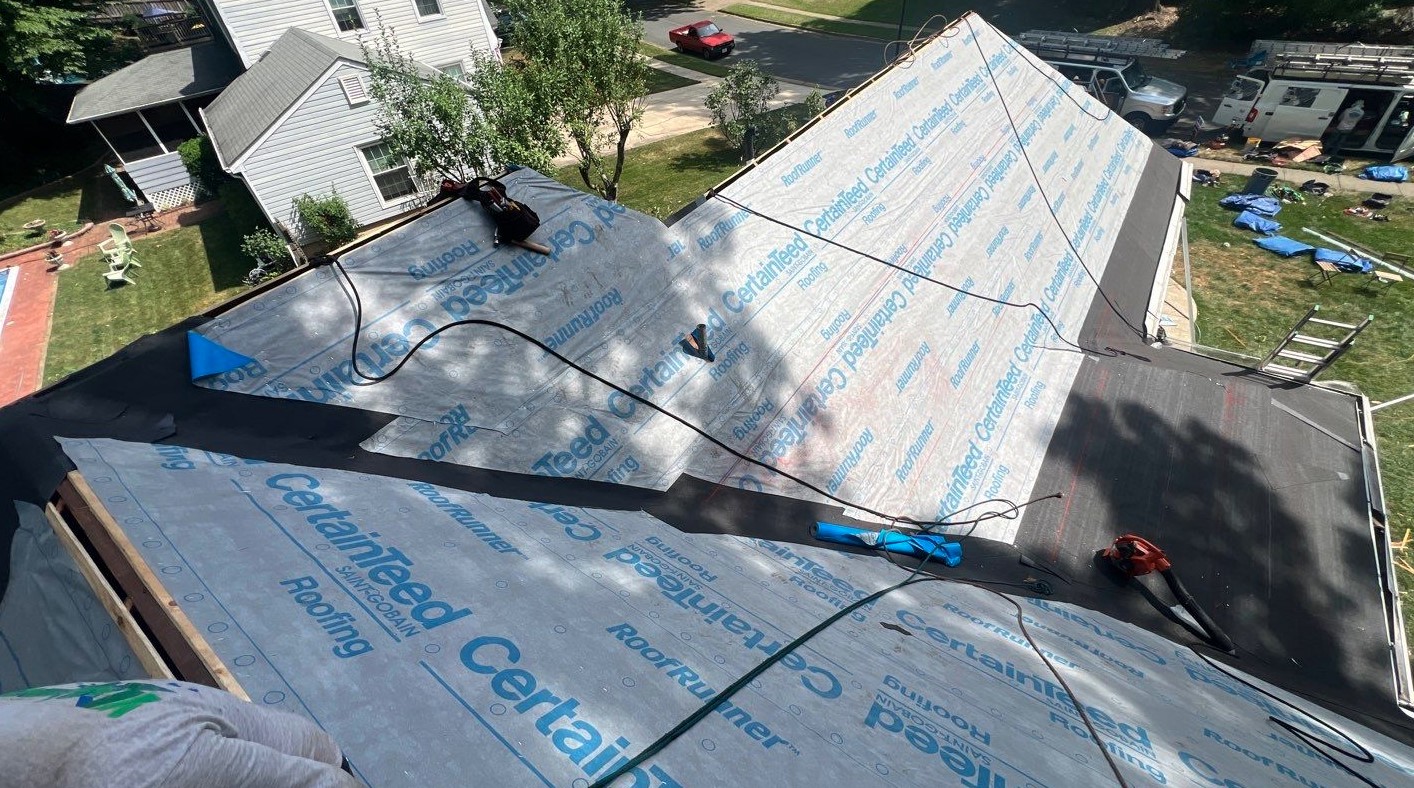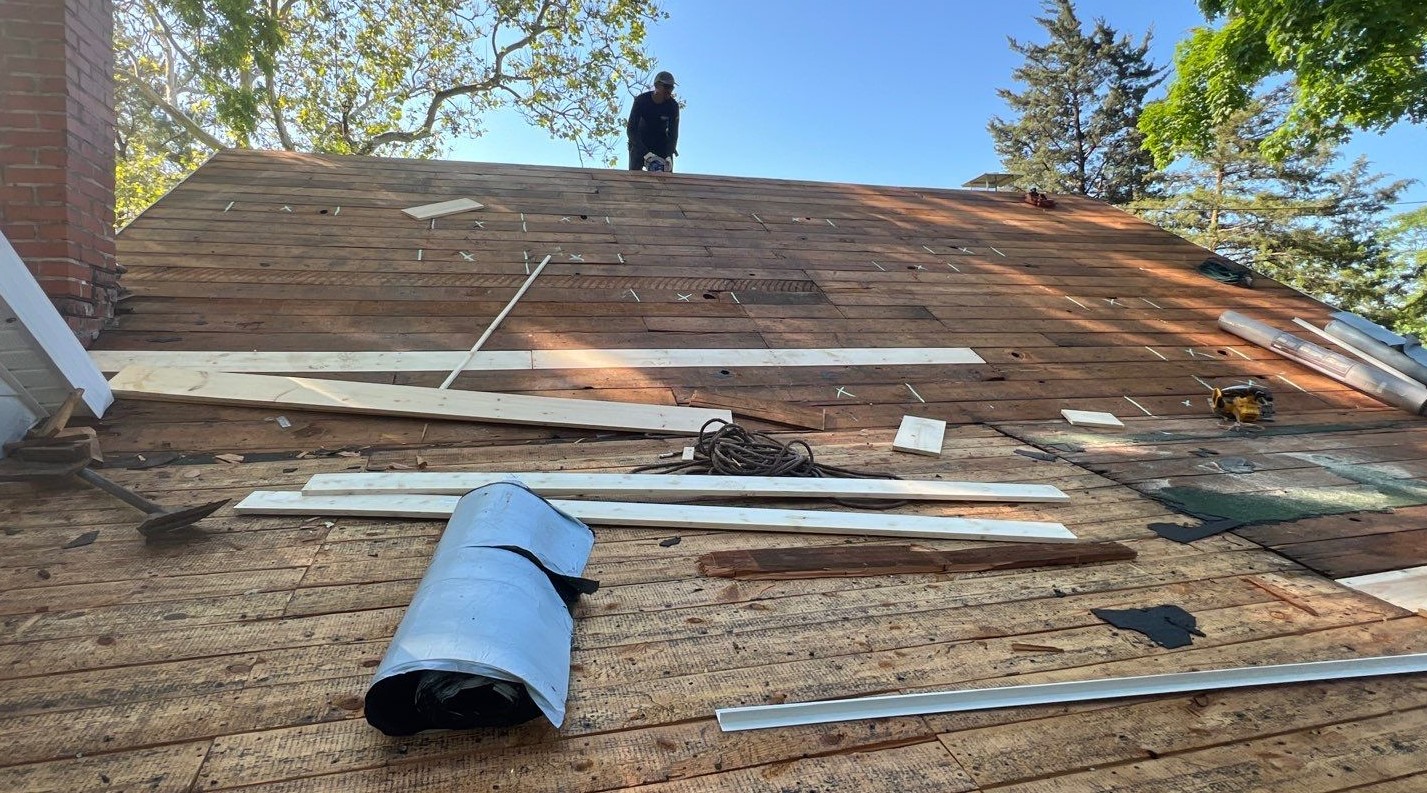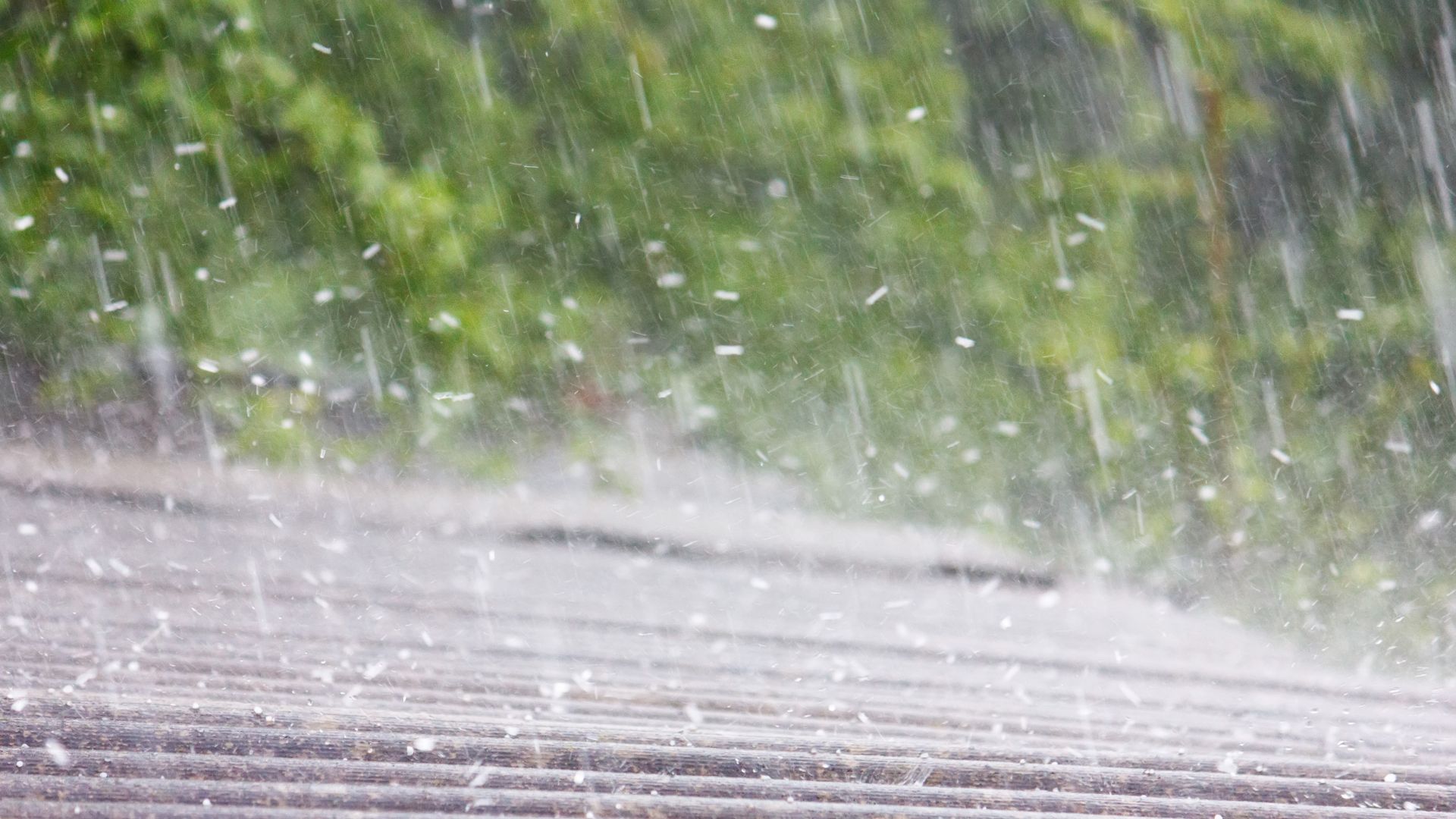Securing your home involves many steps, but what happens when nature strikes and your roof takes a beating? Getting insurance to cover roof replacement can feel like solving a complex puzzle.
It’s not just about having a policy—it’s about understanding what it covers and how to navigate the claims process. Typically, insurance policies will replace roofs damaged by events like wind storms or hail after you pay your deductible.
However, if your roof is over 20 years old, you might find coverage limits or exclusions in fine print.
Knowing whether your policy pays out replacement costs or actual cash value is crucial because depreciation factors into the latter, which could mean less money for repairs. When disaster hits, it’s important to document everything—the cracks, leaks, and missing shingles—with photos and videos right away.
These records are key evidence when filing an insurance claim.
But there are traps along the way: storm chasers looking to make quick money with shoddy repairs can be convincing yet dangerous choices for urgent roofing needs. Choosing trusted roofing specialists who know their way around insurance paperwork makes all the difference in securing full coverage for a sturdy new roof.
And remember: staying connected with your insurance agent throughout this journey can help streamline the process of negotiating a fair settlement for full roof replacement while avoiding potential pitfalls that lurk behind complicated forms and technical jargon.
Let’s walk through this blueprint together—how do we stand up to our insurers with confidence? We’ll tackle this challenge head on!
Key Takeaways
- Know what your homeowner’s insurance policy covers, including the types of perils insured against like wind and hail damage, to understand if roof replacement is included.
- Document all damage on your roof promptly with photos and detailed notes, and keep receipts for any emergency repairs to support an insurance claim.
- Contact a reputable roofing specialist who can assess the damage accurately, provide repair estimates, and help navigate through the insurance claims process effectively.
- Avoid storm chasers or scams by verifying the legitimacy of contractors or anyone claiming to represent an insurance company before providing personal information or hiring services.
- Maintain consistent communication with your insurance agent throughout the claims process to ensure that you are informed about every step and that documentation is complete for a successful claim submission.
Understanding Your Insurance Policy
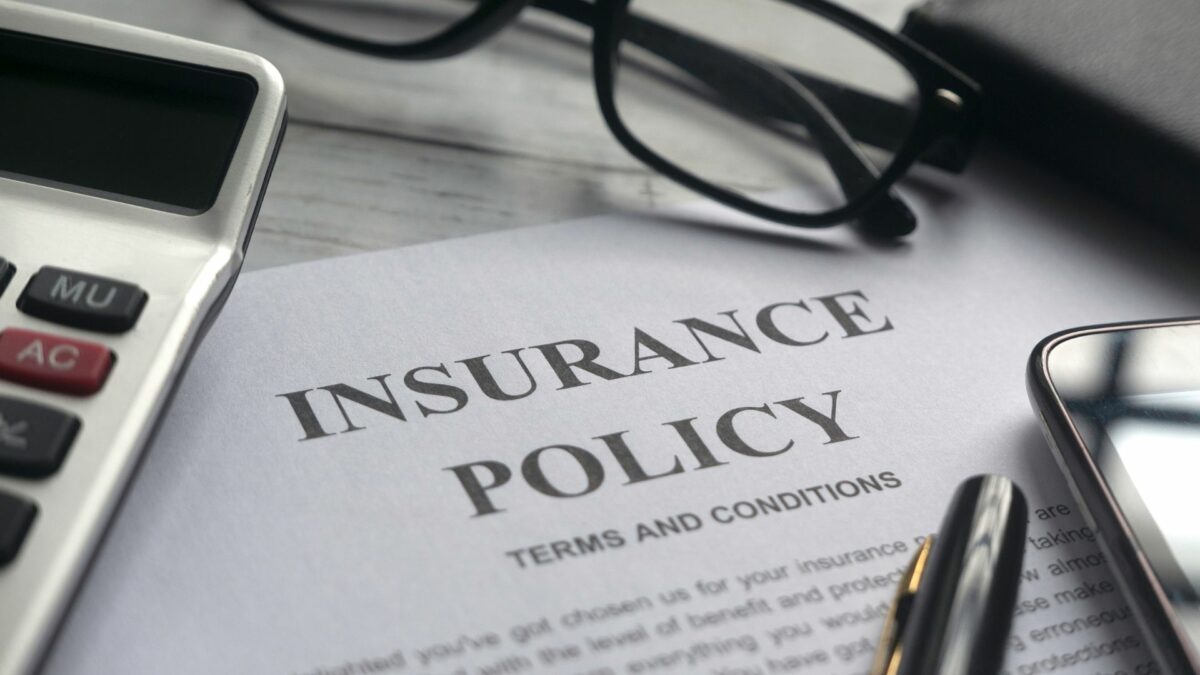
When it comes to understanding your insurance policy for roof coverage, it’s important to know what is typically covered and what is not. Familiarize yourself with the terms of your homeowner’s insurance and be aware of any deductibles or limitations that may apply to roof replacement.
What Roof Insurance Typically Covers
Our homeowners insurance policies often include coverage for roof damage, especially when it results from unforeseen events like windstorms or hail. These are known as covered perils and are part of what keeps our homes protected in severe weather conditions.
If a fierce wind has ripped shingles off your roof or a heavy hailstorm has pounded it into disrepair, you can usually rely on your insurance to step in. Bear in mind that coverage won’t kick in for issues arising from neglect or lack of maintenance, so regular checks and upkeep are crucial.
Most home insurance policies will cover the replacement cost of our roofs but only up to the policy’s limits after deductibles have been met. It’s important we understand these terms within our individual policies since they dictate how much will be paid out if we file an insurance claim.
For instance, if our deductible is $1,000 and the damage repair comes to $5,000, the insurer would cover $4,000 of that sum. Also notable is depreciation; over time as our roofs age beyond their expected lifespan without incident may reduce potential payouts because older materials lose value.
We’re responsible for knowing what specific aspects of roof damage and replacement costs are included under our homeowner’s policy scope before disaster strikes. Some insurers also offer additional hurricane or earthquake insurance which might be wise investments depending on where we live.
As long-term property stewards—be it residential homeowners or commercial property managers—we must stay alert to these details to secure adequate protection for one of the most vital parts of any building: its roof.
What Roof Insurance Doesn’t Cover
We know that understanding insurance coverage can be tricky, especially when it comes to what is not included. For instance, if our roofs have celebrated more than 20 birthdays, we may find ourselves footing the bill for a replacement.
Insurance companies often limit or exclude coverage on these older roofs because they are seen as high-risk due to their age.
Moreover, maintenance is key in the eyes of an insurance adjuster. They typically don’t cover leaky roofs that result from negligence or lack of routine roof maintenance. So if we’ve let our roof go without proper care and it needs replacing as a consequence, our policy might not help us out.
It’s crucial we keep up with roofing maintenance to avoid unpleasant financial surprises.
Having covered what your homeowner’s insurance might leave out, let’s look into how you can navigate securing coverage for a needed roof replacement next.
Steps to Secure Coverage for Roof Replacement
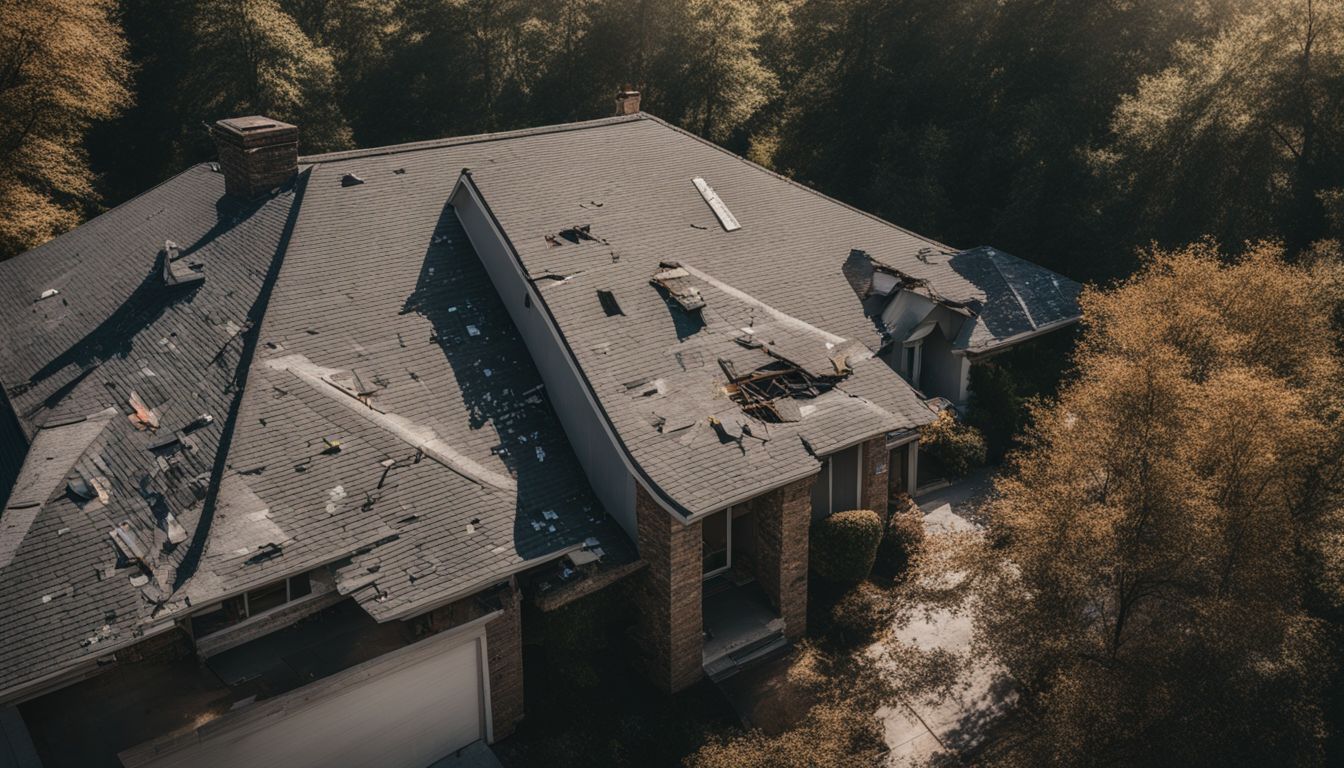
Review your personal homeowner’s policy to understand what is covered and assess the damage on your roof. Document all roof damage, then contact your homeowner’s insurance and meet with a roofing specialist.
Finally, submit your roof damage insurance claim for consideration.
Review Your Personal Homeowner’s Policy for Roof Coverage
We know that navigating insurance policies can be daunting, but understanding your coverage is essential. Let’s dive into how to review your homeowner’s policy to ensure you’re ready for roof damage.
- Start by locating the Declarations Page of your insurance policy. This summary outlines your coverage limits, deductibles, and specific details about what your insurance covers.
- Look for the section detailing ‘Dwelling Coverage’ which typically includes roof repair and replacement after insured events.
- Check for any specific exclusions listed in the policy that might affect roof coverage, such as those related to age or neglect.
- Identify the types of events that are covered under ‘Perils Insured Against.’ Commonly included are fire, wind, hail, and other natural disasters.
- Determine if your policy offers Replacement Cost Value (RCV) or Actual Cash Value (ACV). RCV covers the cost to replace your roof without deducting for depreciation, whereas ACV includes a deduction for age and wear.
- Confirm if there is a separate hurricane or windstorm deductible in case you live in an area prone to these natural disasters.
- Examine any endorsements or riders attached to your policy that could extend or limit coverage. Sometimes there are additional purchases made for complete protection.
- Assess whether you have a ‘lowered replacement cost’ provision once your roof reaches a certain age—typically roofs over 20 years may have limitations on coverage.
Assess the Damage on Your Roof
Assess the Damage on Your Roof
- Inspect the entire roof for signs of damage, such as missing or cracked shingles, dents, or sagging areas.
- Take clear photographs and videos of the damaged areas to provide visual evidence for your insurance claim.
- Document any water leaks or interior damage caused by the compromised roof, as it may indicate underlying issues that need attention.
- Consider seeking professional assistance from a qualified roofing specialist to conduct a comprehensive assessment and provide an expert opinion.
Document All Roof Damage
Assess and document the extent of roof damage immediately after an incident to provide evidence for your insurance claim. Here are important steps to document all roof damage:
- Take clear photos and videos capturing all angles of the damaged areas, including close – ups.
- Make detailed written notes describing the type and extent of damage on your roof.
- Keep any materials or items that have fallen from your roof as evidence of the impact.
- Obtain professional assessments from a reputable roofing specialist to validate the extent of the damage, including potential structural issues.
- Compile all relevant paperwork, such as receipts for temporary repairs or expenses related to protecting your property from further damage.
Contact Your Homeowner’s Insurance
When contacting your homeowner’s insurance, consider the following steps:
- Review your policy to understand what is covered and excluded.
- Assess the damage on your roof and document it thoroughly.
- Contact your insurance agent to report the damage and start the claim process.
- Coordinate a meeting with a roofing specialist for an assessment of the damage if required.
- Submit your roof damage insurance claim promptly to avoid delays in processing.
Meet With a Roofing Specialist
When it comes to securing coverage for a roof replacement, meeting with a roofing specialist is an essential step in the process. Here are the key points to consider when meeting with a roofing specialist:
- Understand Your Insurance Policy: Ensure that you comprehend what your policy covers and doesn’t cover regarding roof replacement.
- Assess Roof Damage Together: Walk through your property with the roofing specialist to identify all damage, including structural issues and other factors that may impact the scope of the replacement.
- Review Documentation: Provide all documentation of the damage, including photos and inspection reports, to support your insurance claim.
- Discuss Material Options: Consider various roofing materials based on durability, lifespan, and cost-effectiveness to choose the best option for your property.
- Obtain Cost Estimates: Discuss repair costs and get estimates for a full roof replacement based on your specific needs.
- Verify Certifications and Licensing: Confirm that the roofing specialist is certified and licensed, ensuring they meet industry standards for quality workmanship.
Submit Your Roof Damage Insurance Claim
When it comes to submitting your roof damage insurance claim, the process can be complex. Here are the steps to ensure a successful claim:
- Collect all documentation related to the damage, including photographs, repair estimates, and any correspondence with your insurance company.
- Complete the required claim form provided by your insurance company accurately and thoroughly, ensuring that all relevant information is included.
- Keep a detailed record of all communications with your insurance company, including dates, times, and the names of representatives you speak with.
- Be prepared for an adjuster from your insurance company to visit your property to assess the damage in person. Provide them with all necessary documentation and cooperate fully during their inspection.
- Follow up regularly with your insurance company to track the progress of your claim and address any additional information or documentation they may require.
Avoiding Pitfalls in the Insurance Process
Be mindful of storm chasers and scams that may try to take advantage of your roof damage. It’s also essential to stay in constant communication with your insurance agent throughout the process to avoid any misunderstandings or delays.
Avoid Storm Chasers and Scams
Storm chasers use aggressive door-to-door sales tactics, and homeowners should be cautious of contractors using these methods. It’s vital to verify the legitimacy of a roofer before hiring them in order to avoid being ripped off.
Additionally, storm chasers pretending to be insurance companies may request personal information over the phone; thus, it’s crucial for homeowners to be vigilant and confirm the identity of anyone seeking sensitive details.
Stay in Touch With Your Agent
Throughout the process of securing coverage for your roof replacement, it’s crucial to maintain regular communication with your insurance agent. Keeping in touch ensures that you stay informed about the progress of your claim and allows you to address any potential issues promptly.
Additionally, staying connected with your agent can help you navigate any complexities that may arise during the claims process and provide an opportunity to negotiate terms or premiums effectively.
This ongoing dialogue with your agent serves as a proactive measure to ensure that all necessary documentation is in place and that your claim moves forward smoothly.
Tips for Negotiating a Full Roof Replacement with Insurance
Assess the extent of the damage to your roof before engaging with insurance adjusters. It’s essential to know precisely what repairs or replacements are needed and have an understanding of the associated costs.
This knowledge will give you confidence when negotiating with insurance companies, ensuring they provide a fair payout that covers the full scope of necessary work.
Educate yourself on the current market rates for roofing services in your area. By obtaining multiple bids from reputable contractors, you can present a well-informed case to your insurance company.
This proactive approach demonstrates that you are seeking reasonable compensation based on real-world estimates rather than inflated figures.
Consulting with a trusted roofing specialist is crucial in navigating negotiations with insurers effectively. A professional assessment and quote from a reliable contractor can bolster your position, providing substantial evidence to support your claim for a full roof replacement.
Importance of Choosing an Experienced Roofing Contractor
Experienced roofing contractors possess the necessary expertise to navigate through insurance claim processes seamlessly, ensuring that homeowners receive proper compensation for roof replacement.
These professionals understand the complexities of insurance policies and can effectively communicate with insurance providers, expediting the approval process for roof repair coverage.
Additionally, experienced roofing contractors have a proven track record in delivering high-quality workmanship and meeting insurance requirements. This is crucial as it ensures that all repairs or replacements meet industry standards and comply with policy guidelines while optimizing available coverage.
Conclusion
In conclusion, securing coverage for roof replacement can be a complex process. Assessing the damage and understanding your insurance policy are essential first steps to take. By documenting all roof damage and staying in communication with your insurance company throughout the claims process, you can increase your chances of getting insurance to pay for your new roof.
Remember to seek assistance from experienced roofing contractors who can guide you through the negotiation process with your insurer.
For expert advice on ensuring your metal roof stays weatherproof, explore our guide on best practices for applying metal roof sealant.
FAQs
1. What should I do first if my roof is damaged by a storm?
Start with a thorough roof inspection from a reputable roofing company to assess the damage. They will document whether hail storms, thunderstorms, or straight-line winds caused structural damage that may be covered by homeowner insurance.
2. Will my hurricane insurance cover the complete roof repair costs?
Hurricane insurance typically covers damages caused directly by hurricanes, such as water damage and tornados impact. Check your policy details because coverage can vary greatly depending on factors like roof lifespan and the type of roofing materials used.
3. How does lifetime warranty affect my claim for a new roof?
A lifetime warranty given by your roofing company might influence an insurer’s decision since it signals quality and durability; however, it doesn’t substitute for homeowners’ insurance when filing claims for events not covered under the warranty such as floods or snowstorms.
4. Does homeowner insurance replace roofs depreciated in value due to age?
Homeowner insurance policies usually factor in depreciation; this means they consider how much value your roof has lost over time due to aging when determining payout amounts for repairs or replacements after hail damage or other insured incidents occur.
5. Can you use credit cards to pay deductibles for getting a new roof through insurance?
Yes, many people use their credit card to cover their deductible expenses while securing funding from mortgage rates loans like those offered by Quicken Loans or Rocket Mortgage once approval is granted based on liability considerations relevant to natural disasters liability coverage specifics.
6. Is flood protection included in standard home insurances if you have flat roofs susceptible to water retention?
Typically, regular homeowner’s policies exclude flood protection especially significant in homes with flat roofs where standing water can cause more extensive harm; therefore obtaining separate flood insurance is often recommended as part of comprehensive financial advice planning.
Contact Us
After starting his first business at age 26, Artie Hendricks partnered with his best friend Rob Calhan and they have assembled a team of skilled and conscientious friends to be the core of Landmark Roofing. He largely credits his father’s strong and consistent work ethic and his father’s best friend Jerry, who owns a construction company and trained him through his first building experiences. Artie has since advanced through degrees in architecture, auto-CAD and construction management to build a business that prides itself on the care it shows for its work and its customers’ satisfaction.

